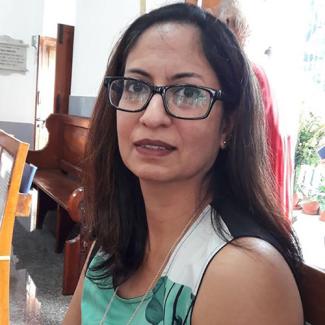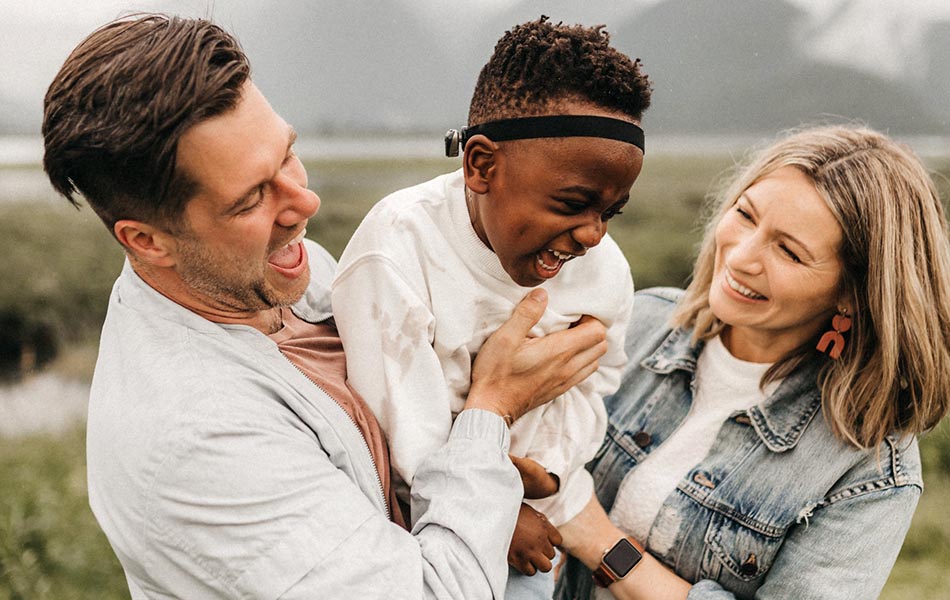Written by AJ Orena. Image credit: B.C. Family Hearing Resource Society
Having both a head and a heart is crucial for anyone pursuing a clinical role, according to Dr. Noreen Simmons, executive director of the BC Family Hearing Resource Society and School of Audiology and Speech Sciences alumna.
Dr. Simmons used her skills and passion to develop a research program at the Society. She shares how she became executive director and why having a head and a heart is important to clinical work.
Can you describe your current work?

The B.C. Family Hearing Resource Society provides intervention and support to more than 1,000 families with children who are deaf and hard-of-hearing and/or with speech and language challenges across BC, Yukon and Northwest Territories. I’m responsible for the centre’s programs and service delivery, finances, human resources, and relationship with the government. Coming with a clinical and research background, it was a steep learning curve to juggle these different balls but all of it keeps my mind engaged and is ultimately rewarding.
The Society conducts primarily clinical research in collaboration with UBC and I am involved in a few projects. I also do some teaching as a clinical instructor at UBC.
I love having my finger in every pie!
Can you describe the journey to your current position?
There were a few instrumental people that got me to where I am right now, including my husband who provided unwavering support. My mentor, the late Dr. Judith Johnston, advised me early in my doctoral program that I get into the field sooner rather than later so that I wouldn’t lose touch with my clinical practice. So, in 2005, I joined the Society and was able to continue with my PhD as well as work part-time as a speech-language pathologist.
As I was about to graduate, Susan Lane, then the executive director and a good friend of mine today, asked, “What would it take for you to stay?”. I told her that I was very keen on doing clinical research and she suggested I start something at the Society – so I stayed. We established a research program, which was a great opportunity to continue with clinical research.
A few years later, the executive director’s position became available, and here I am today! It has been 11 interesting and wonderful years, not without challenges.
How did your time at graduate school, and training, help your career?
My biggest takeaway from graduate training is the research skills; my expertise is in qualitative research. It takes depth of knowledge to understand and conduct research, and you won’t understand the depth of the word ‘research’ until you do your PhD. It isn’t just cutting and pasting things from the internet, or pulling a few notes together – there are principles, procedures, and protocols that you have to follow for a satisfying outcome.
Because of these skills, I’m able to lead projects and contribute to research. I’m also able to converse with colleagues across world and share and apply outcomes of their studies, particularly for the population that we serve.
Having a research background enables you to think outside the box.
Do you have any advice for someone who is interested in following your path?
If you’re going into a clinical practice, skills you’ve learnt during your training along with patience, compassion and a mind to serve will make you a good clinician.
For example, when new families/children come through our door, it’s important for us to remember that they’re going through real-life situations. We want to provide them with the best service; it’s also important to remember that they’re not in a lab, they’re not just statistical data. They are real people who are sensitive with diverse experiences.
This is something that became clearer to me when I had my own lived experiences of being a mother to my premature twins. As a clinician, you’re not going to have solutions for every family’s situation as every story is different from the other.
To lead and to practice, you have to be someone with a head and a heart. You can’t function with just one or the other.
